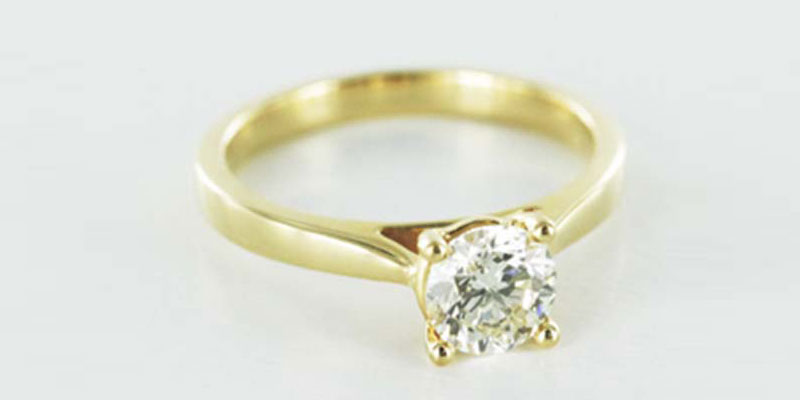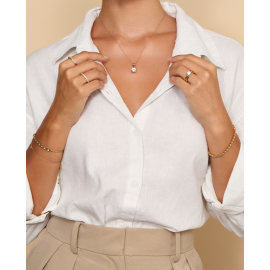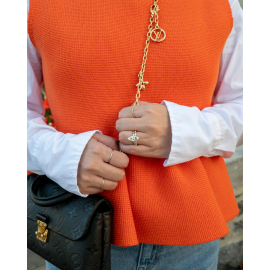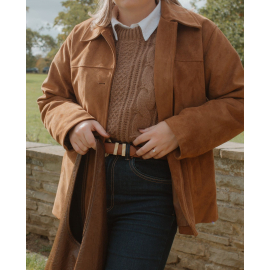Price match guarantee

We’ve teamed up with Klarna to provide flexible payment options, allowing you to shop the way you want. With Klarna, you can split your payment into 3 instalments or choose to pay later, making your shopping experience smoother and more convenient. Your order total must be between £100 and £499 to qualify.

We’ve teamed up with Klarna to provide flexible payment options, allowing you to shop the way you want. With Klarna, you can split your payment into 3 instalments or choose to pay later, making your shopping experience smoother and more convenient. Your order total must be between £100 and £499 to qualify.

January 20, 2016 | by Admin
It is law within the UK that every item of precious metal sold such as Platinum, Gold, Silver is stamped labelling the item with the type of metal it is. Platinum pieces which weigh less than 0.5 grams, 18ct Gold and Palladium pieces weighing less than 1.0 gram and Silver pieces weighing less than 7.78 grams are except from hallmark.
At Diamonds Factory all our products are hallmarked as per UK hallmarking law from London Assay Office (The GoldSmith Company)
The Goldsmiths' Company Assay Office is the oldest assay office in the United Kingdom. It has provided hallmarking services since The Goldsmiths' Company was founded in the 1300s. The company received its royal charter in 1327 and ranks 5th in order of precedence of the 12 Great Livery Companies of the City of London.
Hallmarking dates back to the 1300s when Edward I of England passed a law requiring any item made of silver, which was offered for sale, to be at least of equal quality as that of the coin of the realm (silver currency). The wardens of The Goldsmiths' Company were tasked with visiting workshops in the City of London to assay (test) silver articles. If these articles were found to be below standard they were originally destroyed and the metal forfeited to the King. If they passed, each article received the King's mark of authentication - the mark of a leopard's head. By 1478, there were several hundred workshops and merchants manufacturing silver articles in the City of London. It was not possible for the wardens to visit them all so the merchants were ordered to bring their items to Goldsmiths' Hall for testing and marking and a permanent Assay Office was established in the building. This is the origin of the term hallmark - struck with the King's mark at Goldsmiths' Hall.
In 1544 the Goldsmith's Company adopted the King's mark as their town mark and the mark of the leopard's head is now internationally recognised as the mark of this assay office.
The Goldsmiths's Company Assay Office is still based at Goldsmiths's Hall and remains the oldest company in Britain to be continually trading from the same site. However, it also has two satellite offices; at Greville Street in Hatton Garden in the heart of the London jewellery quarter and within a high security complex near London's Heathrow airport. It now has a new off-site facility within the Dalston-based jewellery manufacturer, Allied Gold. This is the first time in the Assay Office's 700 year history that it has opened permanent hallmarking services on a customer's premises.
In addition to hallmarking, the office has now expanded its range of services to support the jewellery trade and enforcement authorities. It offers a variety of specialist analytical services including nickel, lead & cadmium testing, antique silver dating, non-destructive compositional analysis, plating thickness measurement and a melt and assay service for scrap precious metal carried out in their fully independent on-site laboratory. Other services offered are a jewellery valuation service, laser marking, trading standards assistance, high quality photography and a comprehensive range of training and educational seminars, lectures and specialist events.






It’s going to be worn for many years after purchase; here’s what you need to consider when choosing the metal for your jewellery. Choosing the right metal for your ring is about finding a balance between appearance and practicalities, as is often the case with engagement and wedding rings. Of course, you need it to look as nice as possible and also consider pricing into the mix. The choice of metal has a big impact on the final price of your jewellery; so don't forget that factor when you're budgeting. Once that's been sorted, consider appearance, namely something that comes down to colour. The question of yellow gold or white gold comes down really subjectively; it's up to what you or your partner prefers.
Yellow Gold - Luxury & opulent
An 18k Yellow Gold Engagement Ring
It’s easily the most classic look, perfect for those who love traditional styles.
While the 24-carat measurement is very famous, pure gold is actually very soft - making it much easier to bend. This is why most jewellers offer lower carat options. Going for 18k (or 18-carat) option makes the ring more secure than higher carats. This is also true if you choose 9k yellow gold, and makes the ring lighter and cheaper.
The difference between 9k yellow gold and 18k yellow gold is not only in weight but in appearance. It’s best to see it in real life but 18k yellow gold tends to have a much brighter colour than 9k.
Rose Gold - Distinct & different
An 18k Rose Gold Engagement Ring
Very popular with vintage styles, the rose gold colour is a pink-tinted gold colour that is very subtle. The golden look still prevails but the slight colour tint gives the ring a more feminine touch. Like other types of gold, it’s a mix of different types of metals; rose gold is commonly mixed with copper in order to give its iconic reddish tinge.
Rose gold has been really popular with more unconventional shapes and designs, due to the way in which more traditional designs are usually made in white or yellow gold. If you’re a fan of going something a bit more striking to the eye, go for rose gold.
White Gold - Classic & traditional
An 18k White Gold Engagement Ring,
Often confused with silver because of its silvery appearance, white gold is actually yellow gold that has been coated with metal alloys in order to give the ring its finish.
While much cheaper than white gold, silver is less durable and tends to scratch or tarnish a lot easier. White gold is priced higher and tends to be more durable. Regardless, the white-silver appearance is the most used colour for the majority of designs, due to the way in which it suits everyone.
Because of the coating, keep in mind that everyday wear and tear will add up over the years. This means that you’ll need to get your white gold ring re-coated from time to time. Nothing too complicated or expensive, but something you’ll need to consider when buying the ring.
Platinum - Rare & durable
A Platinum (950) diamond ring,
An increasingly popular option with our customers, platinum is the best of both worlds when it comes to yellow and white gold.
Platinum is coloured really closely to white gold, but is extremely strong and stands up very well to wear and tear. However, it isn’t indestructible, and can still scratch if scratched heavily (we recommend you stay out of the way of life/ring threatening events). Most people choose platinum because they want the colour of white gold but without the hassle of re-plating the ring every year.
Platinum is a rare material, so it will increase the price of your ring, but a lot of people are starting to choose this option because they want the durability and peace of mind that the ring will be more durable. This is especially more the case with wedding rings as they tend to see an incredible amount of wear and tear over time, making them a great choice for men's rings.
To round up:
If you or your partner like a luxury look, go for yellow gold.
If you or your partner enjoy a distinct/trending look, go for rose gold
If you or your partner adore traditional designs, or you don't really know what to go for, go for white gold.
If you want white gold but want something a lot more durable and are prepared to pay more, go for platinum.